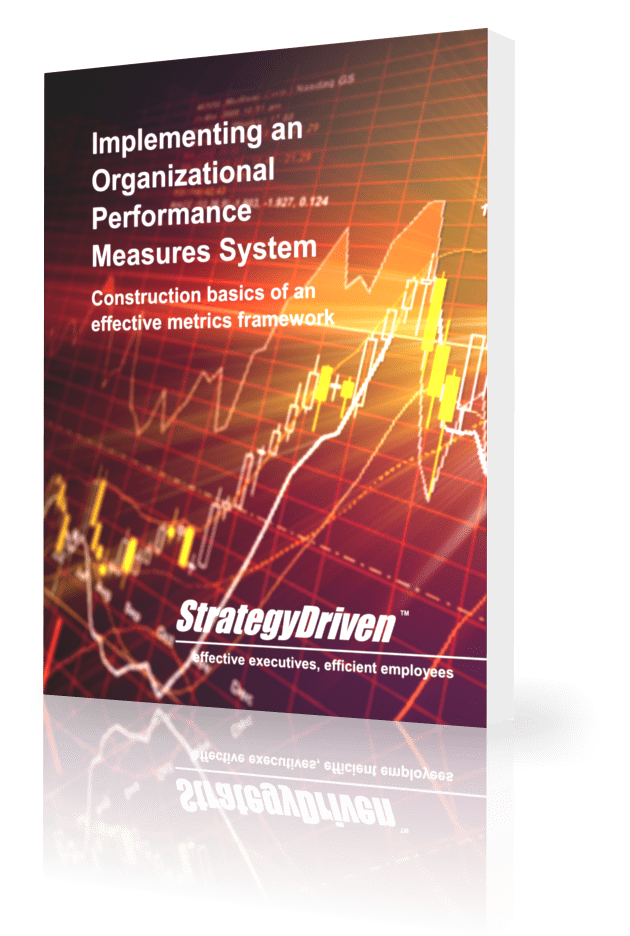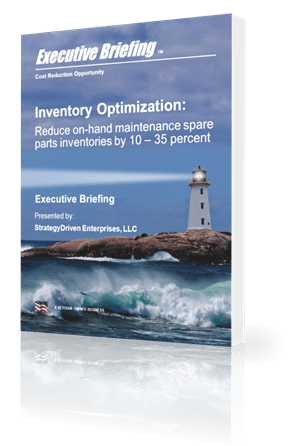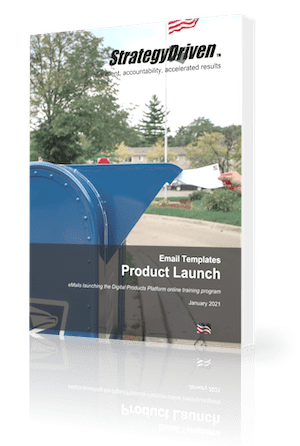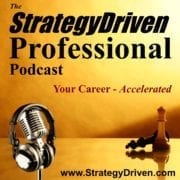Strategic Plan(ning) for Organizations: Reviewing, Refining, Repeating
Proper alignment between your values, your vision, and your company is important in steering your company. Making strategy a process rather than a statement is a key to success.
Focus on the process, not the plan
Hi there! This article is available for free. Login or register as a StrategyDriven Personal Business Advisor Self-Guided Client by:
Subscribing to the Self Guided Program - It's Free!
About the Author

. He’s a native Floridian and president and CEO of Conditioned Air which he grew from a $2.7 million operation to a $46 million, 330-person organization.













Leave a Reply
Want to join the discussion?Feel free to contribute!